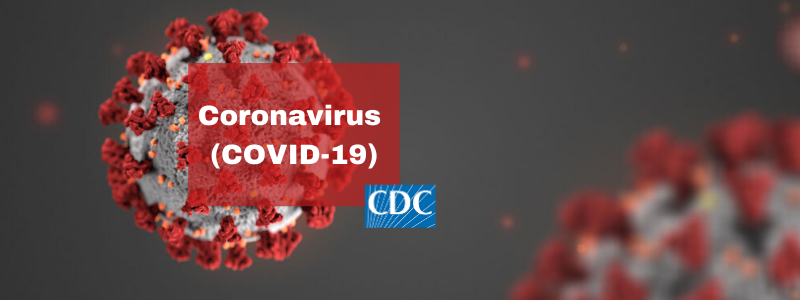
With the evolution of the outbreak, our understanding of the transmission of COVID-19 virus continues to improve daily. Recent findings of the CDC suggest that this virus has the ability to transmit far easier than the flu, making it probably about three times as infectious as the flu.
Transmission of COVID-19
By definition from the WHO, a symptomatic COVID-19 case is a case who has developed signs and symptoms compatible with COVID-19 virus infection. Symptomatic transmission refers to transmission from a person while they are experiencing symptoms. COVID-19 is primarily transmitted from symptomatic people to others who are in close contact through respiratory droplets, by direct contact with infected people, or by contact with contaminated objects and surfaces.
One of the latest findings confirmed that up to 25% of individuals in the US that are infected remain asymptomatic. What does it mean to be asymptomatic? According to the WHO, an asymptomatic person is someone who is infected with COVID-19 and does not develop symptoms. Asymptomatic transmission refers to transmission of the virus from a person, who does not develop symptoms. Even though these individuals are asymptomatic, they do contribute to transmission.
The incubation period for COVID-19, which is the time between exposure to the virus (becoming infected) and symptom onset, is on average 5-6 days. However, incubation period can be up to 14 days. This period is also known as the “pre-symptomatic” period. Pre-symptomatic transmission refers to transmission of the virus from a person, who has not yet developed symptoms. Studies show that people can test positive for COVID-19 1-3 days before they develop symptoms. It is possible for people infected with COVID-19 to transmit the virus before any significant symptoms develop. This helps explain how rapidly the virus continues to spread across the country, because we have individuals who are transmitting the virus 48-72 hours before they become symptomatic.
New face mask recommendations?
Due to recent studies that strongly suggest the virus is possibly transmitted by simply speaking, the CDC recommends the community use of cloth masks as an additional public health measure people can take to prevent the spread of the virus to those around them, especially for pre-symptomatic and asymptomatic individuals. Cloth masks include the use of bandannas, scarves, and homemade masks (click here for suggestions on easy DIY masks at little to no cost). This does not include buying surgical masks or N95s, as this recommendation is not meant to take away availability of masks from health care providers on the front lines. It is important to keep in mind that is in addition to social distancing and practicing good hand-washing hygiene, and not a replacement.
As Dr. Anthony Fauci, the director of the National Institute of Allergy and Infectious Diseases, stated, social distancing is a powerful weapon. With the social distancing guidelines extended until April 30th, we urge our patients to stay home. When you have to be in the public, distance yourself at least 6 feet away from people and wear your masks. As always, we will be here to keep you up to date with the evolving situation.





